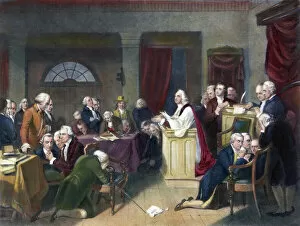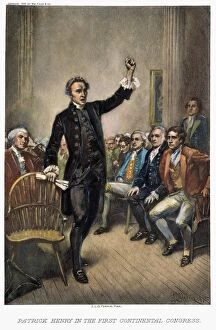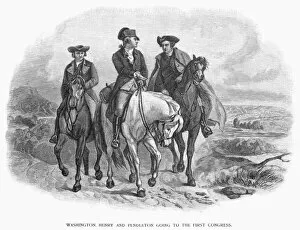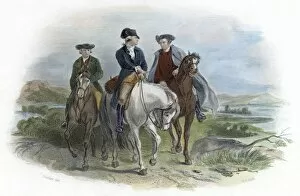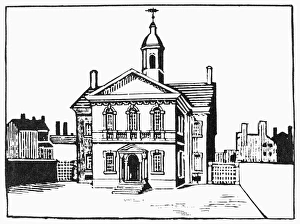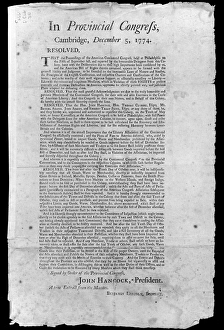First Continental Congress Collection
The First Continental Congress, held in Philadelphia in September 1774, marked a pivotal moment in American history
All Professionally Made to Order for Quick Shipping
The First Continental Congress, held in Philadelphia in September 1774, marked a pivotal moment in American history. As delegates from the thirteen colonies gathered at Carpenters Hall, they were united by a common purpose – to address the grievances and challenges they faced under British rule. Chaplain Jacob Duche opened the proceedings with a solemn prayer, seeking divine guidance for their deliberations. The presence of esteemed figures such as Patrick Henry, George Washington, and Edmund Pendleton added gravitas to the congress. These men were not only respected leaders but also passionate advocates for liberty and independence. Inside Carpenters Hall, heated debates ensued as delegates discussed various issues plaguing their communities. They grappled with questions of taxation without representation, trade restrictions imposed by Britain, and violations of colonial rights. It was here that Patrick Henry delivered his powerful oration that would echo through history – "Give me liberty or give me death. " Outside Carpenters Hall, the bustling streets of Philadelphia witnessed an influx of visitors and onlookers eager to witness this historic event. Artists like Jean Leon Gerome Ferris captured these scenes on canvas while Felix Octavius Darley immortalized them in steel engravings. As days turned into weeks and discussions continued within those hallowed walls, it became clear that unity among the colonies was crucial for their survival against British oppression. The Provincial Congress at Cambridge issued broadsides expressing solidarity with their fellow colonists across America. The significance of this gathering did not go unnoticed abroad either; French line engravings depicted scenes from the first Continental Congress as news spread throughout Europe about these brave Americans standing up against tyranny. In retrospect, we can see how instrumental this congress was in laying down the foundations for future revolutionary action. It set forth a path towards independence that would culminate in the signing of the Declaration of Independence just two years later.

